April 19, 2018
It’s easy to get caught up in the emotion surrounding the Alamo. Around 200 men died there defending the right of Texas to become a republic separate from Mexico. A cenotaph memorializes their sacrifice.
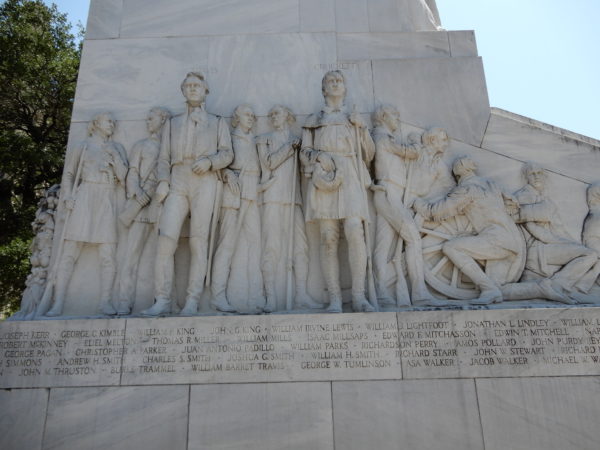 The state of Texas has designated the area designed as a church as a shrine: Visitors are advised to remove their hats, speak in quiet voices, and take no interior photos.
The state of Texas has designated the area designed as a church as a shrine: Visitors are advised to remove their hats, speak in quiet voices, and take no interior photos.
The Texians did fight a force that outnumbered them almost ten-to-one, but the sacredness of their cause was not universally held. Sam Houston, Commander-in-Chief of the Texian army, had suggested that the Alamo be demolished and abandoned. The defenders remained, however, and all of them lost their lives.
The Alamo was a mission that had been established around 1720 to educate natives after their conversion to Christianity. The church, what we think of as the Alamo today, was never finished. In 1793 the mission was secularized and abandoned. When the war for Texas independence began, Mexican troops used the mission property as a fort. They surrendered the fort to the Texian army in 1835 and Texian soldiers held the fort until March 6, 1836.
The graphic below shows how the fort looked. Ramps to raise cannons above the height of the walls had been constructed in several places, including the church which had never been roofed.
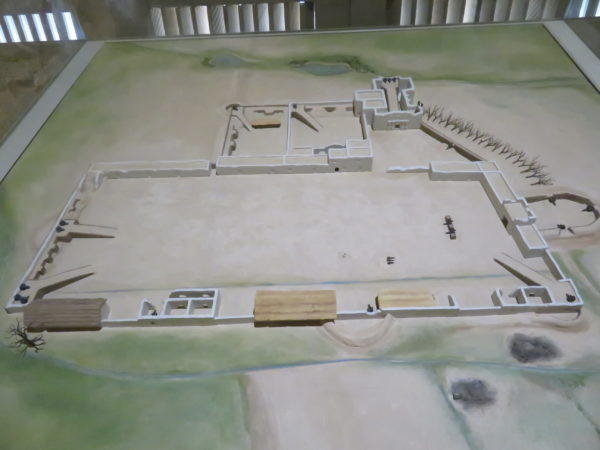 The Mexicans retreated from the fort several months later after tearing down walls and burning buildings.
The Mexicans retreated from the fort several months later after tearing down walls and burning buildings.
After Texas joined the United States in 1845, the U.S. Army used the property as a supply depot. The Army put a roof on the church and added its third story with the iconic arch in 1850. The Army abandoned the property in 1876 and it became a grocery warehouse. In 1883 the state of Texas purchased the church as a memorial to the Alamo defenders, and the Daughters of the Republic of Texas purchased the warehouse and served as custodians of the complex until 2011 when it was transferred to the Texas General Land Office.
Several exhibits in the museum interested us.
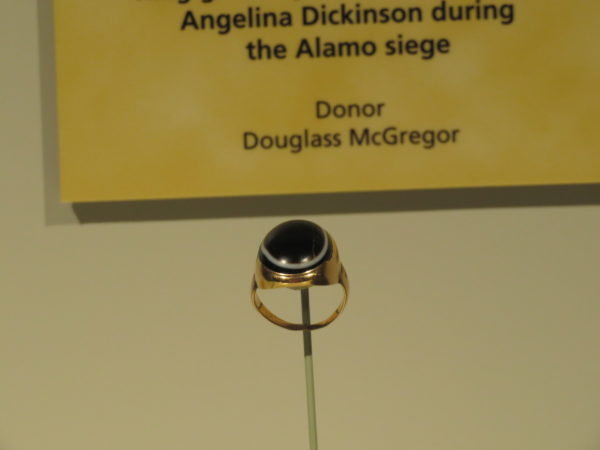
A ring given to survivor Angelina Dickinson by Commander William Travis during the Alamo siege. We wrote about her mother, Susannah Dickinson, after seeing an exhibit in the state history museum.
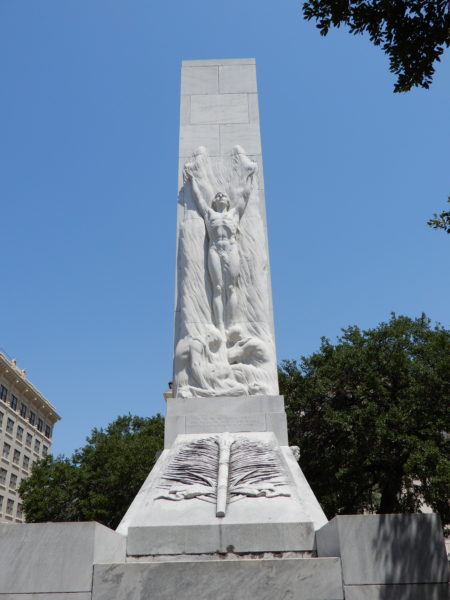
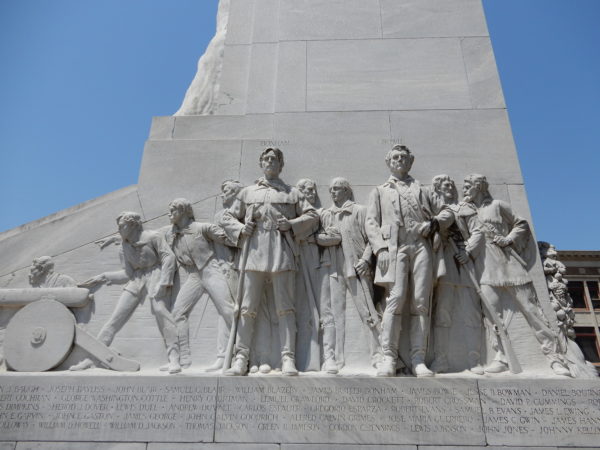
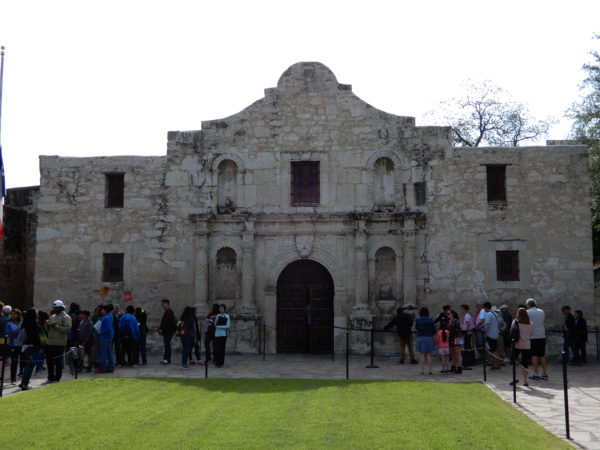
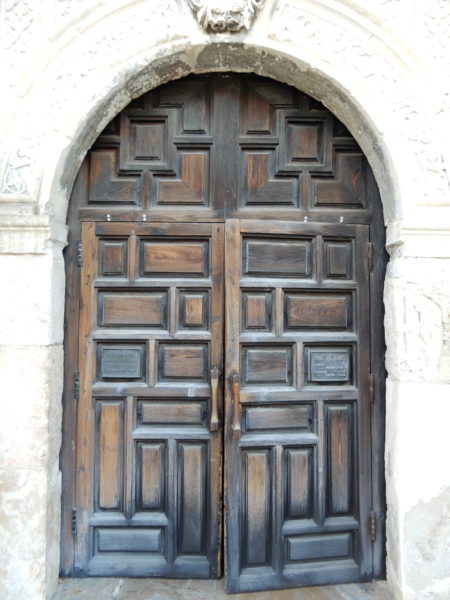
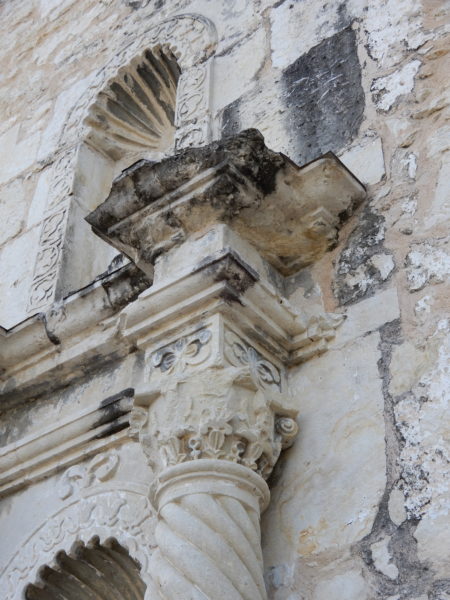
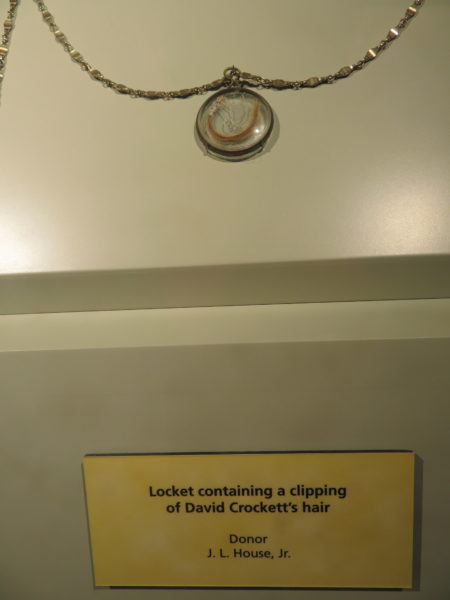
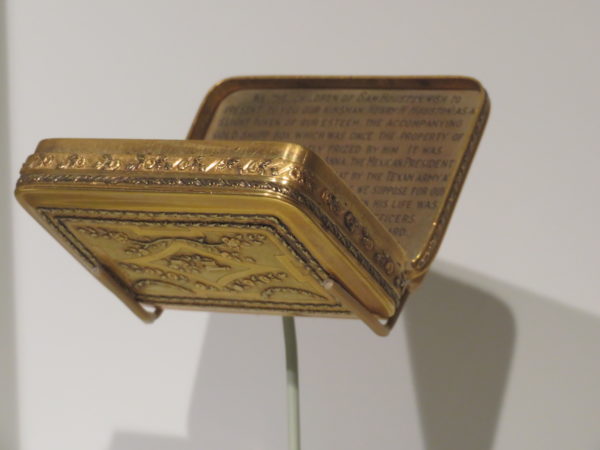



2 Comments
Jay Waters · May 2, 2018 at 1:44 pm
Good for you guys for making it. I’ve always wanted to visit there.
Judith Galati · May 4, 2018 at 8:30 am
I was there once with my folks and my Mom pointed out one of the names as one of our descendants.
Great place to see. I love that you are sharing your travels !